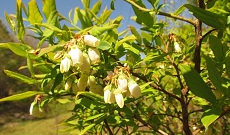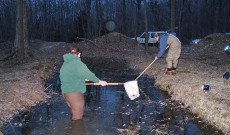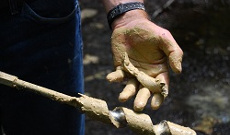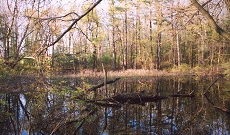 Vernal Pool Ecology
Vernal Pool Ecology
Vernal pools come in many shapes and sizes and are difficult to categorize. Because of the complexity of this habitat, many adjectives have been used to describe them. Names such as seasonal, intermittent, semi-permanent, temporary, and ephemeral suggest that a vernal pool holds water for part of the year, then dries up and disappears. Other names such as vernal, spring, and autumnal describe the time of year a pool fills with water.
Most seasonal pools dry up during the drought months of summer, then refill at different rates and times. Names such as fishless pond and salamander pond suggest important biological characteristics of these pools. The dry phase of a seasonal pool prevents fish from getting established. In a habitat free of a top predator, other animals such as the large mole salamanders can thrive.
Vernal pools are considered 'isolated' wetlands because they are not permanently connected to other water bodies. They can be found as shallow depressions in an upland area, associated with a wetland complex in a low lying area, or in the floodplain of a stream or river. Vernal pools can be found in a variety of land use situations. Historically, vernal pools were found in forested landscapes in the northeast and are most natural in this condition. Today, many are found in open areas such as agricultural fields and residential areas.

Hydrology
See the seasonal phases of vernal pools, and learn why they are considered hydrologically isolated wetlands.

Vegetation
Find out what kind of vegetation grows and the functional role of it in vernal pool communities.










